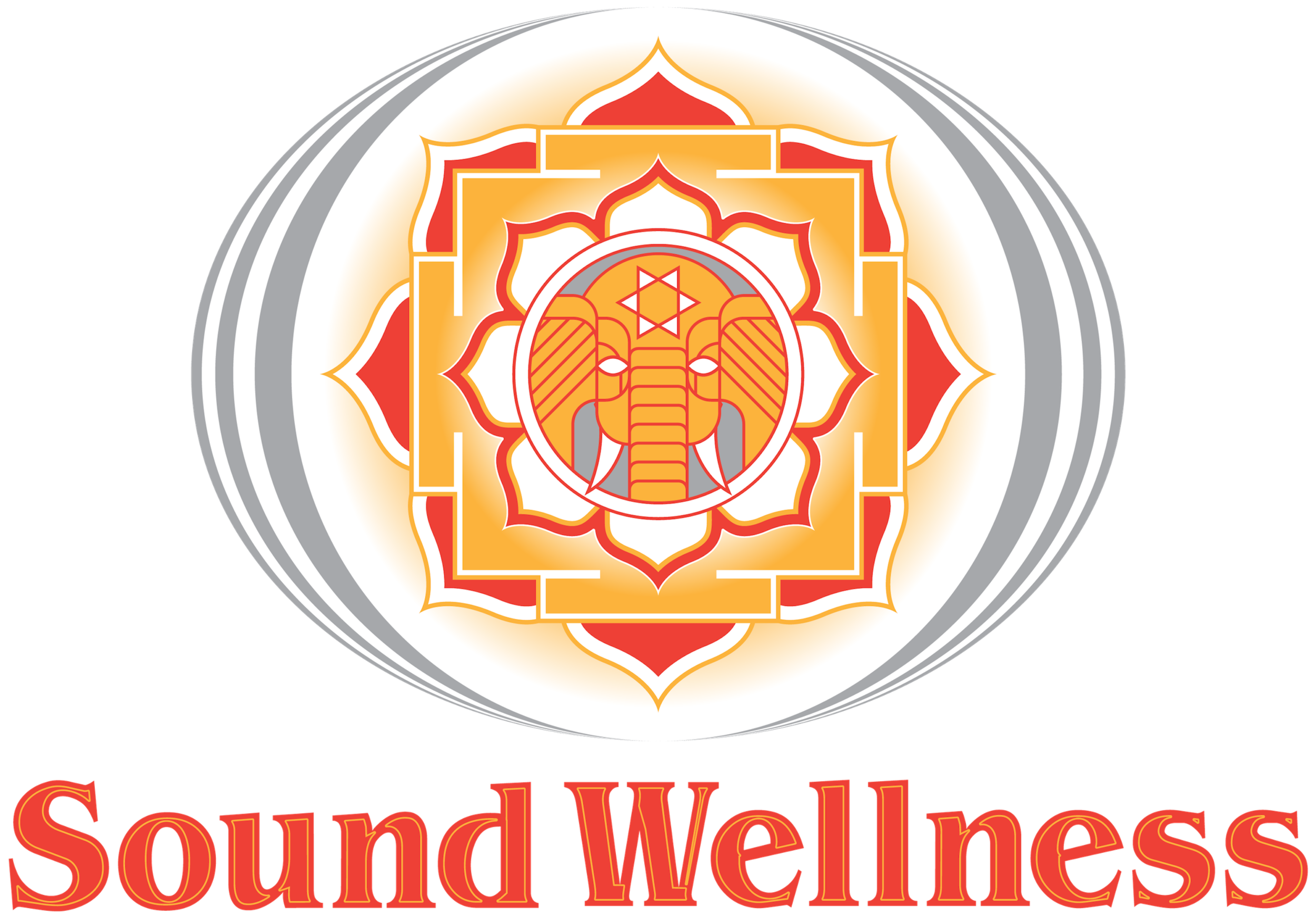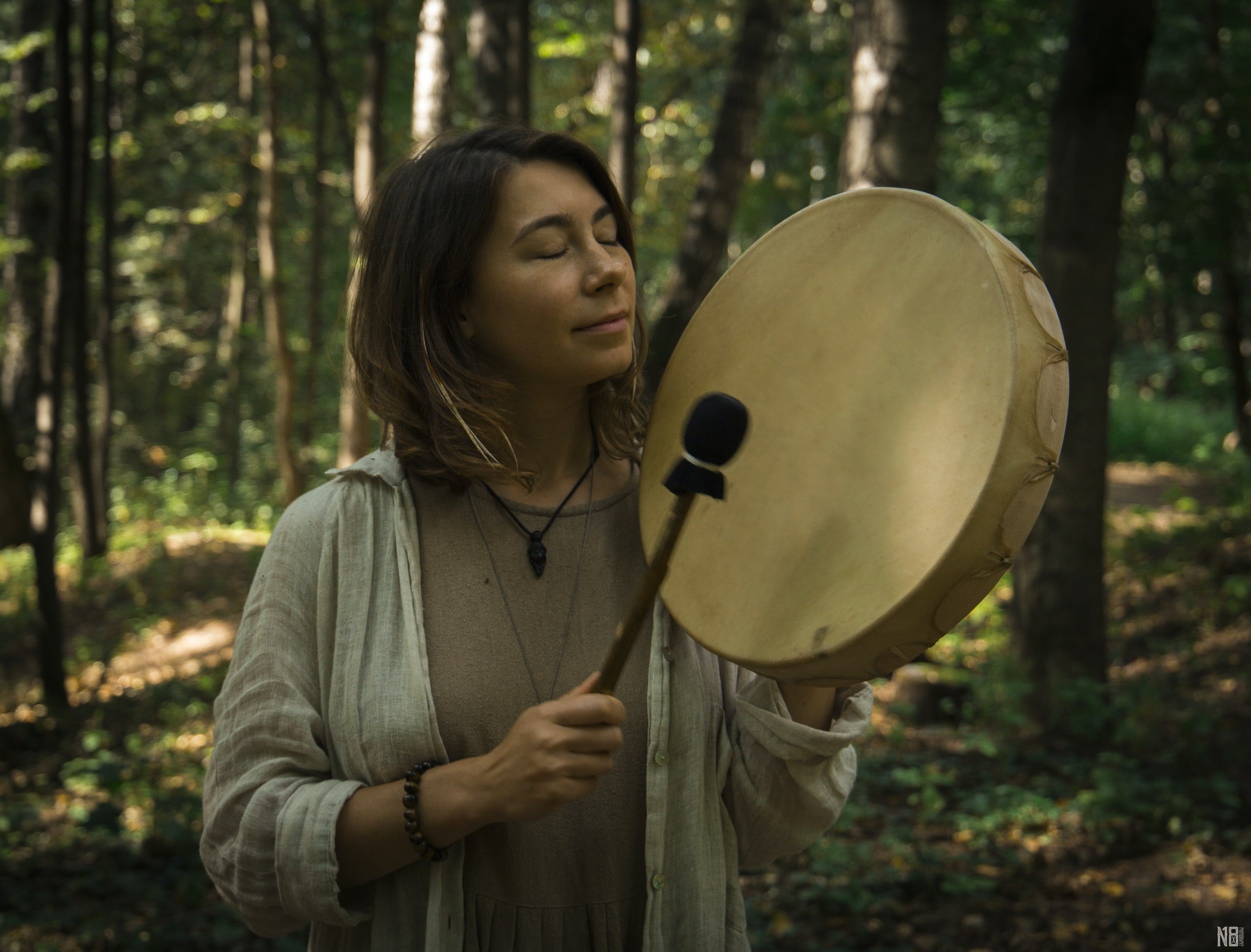What Are Sound Therapy Instruments and How Can They Support Your Healing?
What is Sound Therapy?
Prevention.com well describes sound therapy as covering, “a range of treatments, from music therapy to sound baths, according to Nada Milosavljevic, M.D., founder of the Integrative Health Program at Massachusetts General Hospital. Like massage therapy, which delivers healing through touch, it’s a form of sensory therapy, and it has been used by various cultural groups for centuries. “
Sound Healing Categories
According to Barbara J. Crowe, MMT, MT-BC, Director of Music Therapy at Arizona State University, there are several categories of sound healing. They include:
Vocal techniques, including scanning and vocal empowerment;
Toning - repetitive vocal sound using elongated vowels and few consonants over a long period of time (to release pain or stress);
Chanting;
projection of sound into the body or energy field; this would include drumming and gongs;
Listening technologies, which include recorded frequency music.
Your Voice as a Healing Tool
The internal vibration that you can create with your voice can be very powerful. Like your breath, I love that it doesn’t require you to buy anything and it is always accessible to you.
I use toning both for my own well-being, as well as in my sound offerings. Scanning the body to identify points of imbalance or trauma allows you to focus. You can then explore different tones until you find the one that resonates in that part of your body. Applying the tone several times until you experience relief from the stress or imbalance is powerful. Students are often uncomfortable with the sometimes primal tones that they create. It is, however, another way to connect more deeply with not only the physical self but also the energetic self.
Chanting, whether alone, or in a group creates another type of internal vibration. As I shared in my blog, Kundalini Yoga for Beginners: A Primer, the use of sound current, or mantra, is applied during certain postures and/or during meditation. Not only are you creating an internal vibration but the tip of the tongue also activates the acupressure points on the roof of the mouth, which supports the glandular system. According to Frontiers in Psychology, chanting can also reduce stress and provide similar benefits to meditation.
Gong sound therapy
As I shared in my blog, Healing with Music: Understanding Sound Therapy, the gong is an ancient instrument that has been used for therapeutic purposes, as well as for military and spiritual services. Records of its use go back to the 6th century in China. Gong sound therapy, which encourages healing through vibration, is one of the easiest ways to combat the effects of stress and anxiety - major causes of illness. A form of music therapy, gong sound therapy is considered the smart or “lazy” person’s meditation - you simply need to sit or lie down on a comfortable mat and allow the sound vibrations to wash over your skin. It is also commonly referred to as gong sound healing therapy, sound bath, and gong bath. Experiencing this musical meditation feels like a sound massage, many go so far as to describe it as spiritual. It can also release tension for increased well-being. Since a gong therapy session can stimulate the same pleasure centers as alcohol and drugs, gong sound therapy can also be an important component of a broader addiction recovery program.
The gong’s vibrations stimulate the nerve endings on the skin thereby entering the nervous system and your vital organs. Studies have demonstrated that gong therapy can reduce blood pressure and can elevate mood. It also softens the mind’s control, bringing the mind to a meditative, more relaxed state: quite literally a healing musical meditation. Additional techniques such as hand and finger positions (mudras), eye focus, pranayam (breathwork), and/or affirmations can be added to deepen the benefit of the gong therapy session. Calming music brings your awareness back to the room as you slowly return - refreshed and renewed.
Frequency Music
As I shared in my blog, Frequency Music Trend: What Every Person Needs to Know in 2022, The ancient Solfeggio Scale tones were developed over 6,000 years ago by a Benedictine monk for spiritual purposes - think Gregorian chants. So like gong therapy, it’s not new technology, but the interest in the therapeutic benefits has increased. There are specific frequencies for each chakra, or energy center. Check out my blog for a complete list.
How do you apply frequency music? Here are a few suggestions:
use it as background music, 741hz, for example, is supportive of creativity;
shift the vibration of a particular room in your house, consider putting the recording on a loop and allowing it to play for hours, days, or weeks until you sense the desired energy;
apply it as you would a relaxation tape - using headphones and lying or sitting down comfortably
How Sound Healing Works
Kingswood Emergency Hospital explains the science of sound healing this way, sound can be explained in two ways: physically and psychologically. The physics of sound discusses the pressure changes that occur when an item vibrates, which are subsequently sensed by the physiology of the outer and middle ear. The psychology of sound refers to how our brain interprets each sound, which not only provides information about our surroundings but also triggers emotions and sentiments. This component is known as psychoacoustics, and as this discipline continues to grow, new developments in the aural wellness space are emerging.
The Human Condition summarizes the main physical effects of sound therapy as:
Changing brainwaves: Because human brainwaves can vary based on sound vibrations, certain sounds will cause the brain to relax. The brain can switch from producing beta waves in an agitated state to producing theta or delta waves when more relaxed.2
Binaural beats: When tones at different hertz levels are played in either ear, the brain often syncs to the difference between the two.
The body’s biofield: Some researchers have proposed that there is an energy field, referred to as the biofield, surrounding the human body. In this case, the sound vibrations may interact with the biofield to create the desired effect in the person.
What Is Considered a Sound Therapy Instrument? Don't All Instruments Make Sound?
Sound therapy is about frequency and vibration. So although there is no finite list of sound therapy instruments, there is a relatively short list of instruments that over the years and across the world, practitioners consistently use. That said, as a Gongs Unlimited distributor, I regularly check their website for new instruments to explore. Over the years, I have found that layering different sound therapy instruments results in a more interesting and deeper experience for my students and clients.
So here is my list of the top 8 sound therapy instruments:
Gongs
Singing bowls (crystal and Himalayan)
Chimes
Native flutes
Drums
Bells
Tuning forks
Didgeridoos
I now offer personalized, one-of-a-kind SoundScapes that integrate many of these instruments to meet your specific desired effect and that take into consideration your unique energy and preferred surroundings. Sitting down with my instruments and setting an intention of providing a unique SoundScape for each person is a wonderful experience!
Is Anything Lost or Gained by Listening to Recordings of Frequencies from Sound Therapy Instruments rather than Being in Person
The answer is that it depends. Recorded frequency music, for example, is a practical option that can provide full benefits as a recording because the benefit comes from the frequencies. There are high-quality free online recordings that are accessible to all at any time. That is invaluable.
Although a recording of a gong playing can be relaxing, it is a very different experience than live interaction with a gong. With a recording, you won’t experience the soundwaves over your skin. It is the stimulation of the dermatomes in the skin that brings vibrations into the body and provides internal massage. According to Dr. Christiane Northrup, listening to drum sounds regularly can have the same effect as drumming itself.
The other consideration when thinking about a gong session, drumming circle and even chanting is the benefit of coming together in a community. Sharing and experiencing sound therapy can be a very moving experience that can be amplified when supported by others.
What are the Benefits of Sound Therapy?
The types of healing that sound therapy offers differs somewhat depending on the category of sound therapy.
Stress Relief
As I shared in my blog, Healing with Music: Understanding Sound Therapy, research on the benefits of gong sound therapy include:
Provides deep relaxation, resulting in less tension, anger, fatigue, and depressed mood;
Reduces anxiety through binaural beats;
Produces a meditative state; as an altered state therapy, it brings relaxation and softens control issues;
Provides spiritual experience, activating the pleasure centers of brain also stimulated by alcohol and drugs;
Offers pain management, including relief from chronic pain and arthritis.
Since no two gong sessions are the same, each session is also a way to become more mindful, releasing the mind from past and future thoughts. Case studies have also documented the ability of sound baths to release trauma (unprocessed energy) in the body.
According to a study published by the National Institute of Health (NIH), results indicate that shifts in attention, awareness, and consciousness frequently occurred when individuals engaged in toning. "Meditative," "calm," and "relaxed" were the three most common descriptors of toning. In contrast, singing evoked stronger emotions and associations than toning, with the three most common descriptors including "nostalgia," "tenderness," and "joyful activation." Findings also suggest that the physical experience with vibrations and the sound of one's own voice may be attributes of toning that likely contribute to its success in inducing altered states of awareness, attention, and consciousness.
Another study published by the NIH found strong evidence that practicing mantra meditation is effective in relieving stress and in coping with hypertension.
Heightens Intuition
Again according to Dr. Northrup, drumming is a great workout for your brain and actually can make you smarter because when you drum you access your entire brain. Research shows that the physical transmission of rhythmic energy to the brain actually synchronizes the left and right hemispheres. So, when the logical left hemisphere and the intuitive right hemisphere of your brain begin to pulsate together, your inner guidance system – or intuition – becomes stronger.
Improves Sleep
According to Sound Therapy International, most insomnia is caused by stress, so when our stress is reduced by sound therapy, we naturally sleep better. Listeners usually notice an improvement in their sleep even on the first night. Insomnia is caused by excessive cortical excitation that cannot be stopped. Sound therapy cuts mind chatter and allows the mind to move naturally into the slower rhythms that lead to sleep.
Is sound therapy the same as music therapy?
Sound therapy is the umbrella term for all things sound. However, there is a distinct difference between sound and music therapy when it comes to the actual experience. Although both have therapeutic benefits, the approach is different. Music therapy actively engages the patient and it is the experience that is the therapy. In contrast, sound therapy is a passive experience. Music therapy is also a sector that has established professional organizations and more standardized training programs. Sound therapy, although much older in origin, has a very different history.
Music therapy
Music therapy, compared to sound therapy, is relatively new. According to the Cleveland Clinic, “Formal music therapy was defined and first used by the United States War Department in 1945. It helped military service members recovering in Army hospitals with occupational therapy, education, recreation, and physical reconditioning.” According to VeryWellMind, is a therapeutic approach that uses the naturally mood-lifting properties of music to help people improve their mental health and overall well-being.1 It’s a goal-oriented intervention that may involve:
Making music
Writing songs
Singing
Dancing
Listening to music
Discussing music
Check out SoundWellness today to learn about personalized Soundscapes as unique as you!
Inspired by you, created by me.
About SoundWellness
Monique Derfuss is the founder and President of SoundWellness offering gong sound therapy, Reiki, Kundalini Yoga, and meditation. Her wellness business is based in Santa Fe, New Mexico, and has helped thousands of people over the past 6+ years move beyond only taking care of their physical bodies to taking a more holistic approach to their health by integrating support of their energetic, or subtle, bodies. Check out what others have said about her services.
Subscribe on YouTube to SoundWellness or the company newsletter for helpful wellness videos and information to support your vibrant well-being. For general inquiries, please call 202-355-8136 or contact Monique by email.






